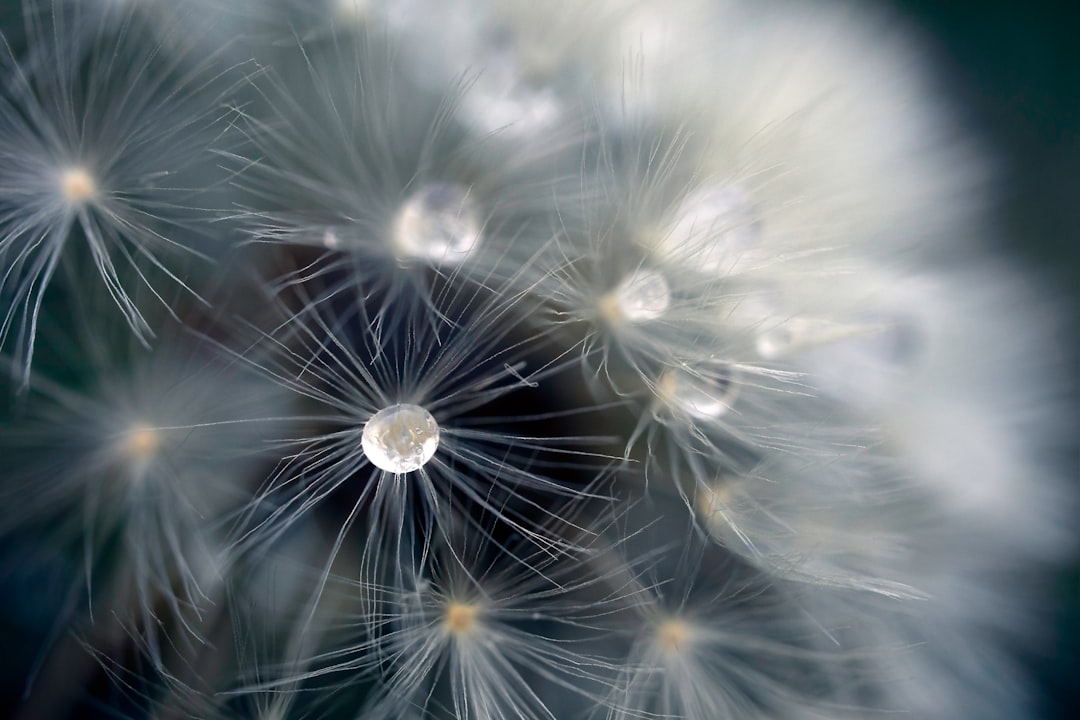What is it about?
Numerical method is used to identify the CFRP patch design for low-velocity impact. A surrogate-based optimization is implemented to find optimum design parameters. Surrogate models are built using Diffuse Approximation and design of experiments. The optimum patch designs enhance the impact-resistance of repaired CFRP laminates. Robustness of the optimization protocol is confirmed via various parameter analyses.
Featured Image

Photo by Ross Parmly on Unsplash
Why is it important?
In this study, a double symmetric patch repair is investigated experimentally and numerically to search for an optimal design of patch configuration to maximize the impact-resistance of repaired CFRP laminates. FE model used for the low-velocity impact simulation is established based on the continuum damage mechanics (CDM). Firstly, the numerical model is validated using experimental tests prior to carry out an optimization process. Subsequently, a surrogate-based optimization protocol is adopted using 3D Latin Hypercube Sampling (LHS) and Diffuse Approximation. The optimization protocol enables to identify the optimal combination of multiple design parameters for the patch, including patch radius, off-axis angle and thickness. Then, the obtained optimal configurations are substituted into FE models to investigate the effect on the repair performance. Based on the FE simulations, the impact behaviors of the repaired CFRP laminates with the optimum patch configurations are compared with the unrepaired and repaired ones with non-optimum patch configuration. And, this investigation reveals the improvement in repair performance of the optimized patches and additional insights into the impact-resistance of patch-repaired CFRP laminates.
Read the Original
This page is a summary of: Optimization for maximizing the impact-resistance of patch repaired CFRP laminates using a surrogate-based model, International Journal of Mechanical Sciences, April 2020, Elsevier,
DOI: 10.1016/j.ijmecsci.2019.105407.
You can read the full text:
Resources
Contributors
The following have contributed to this page










